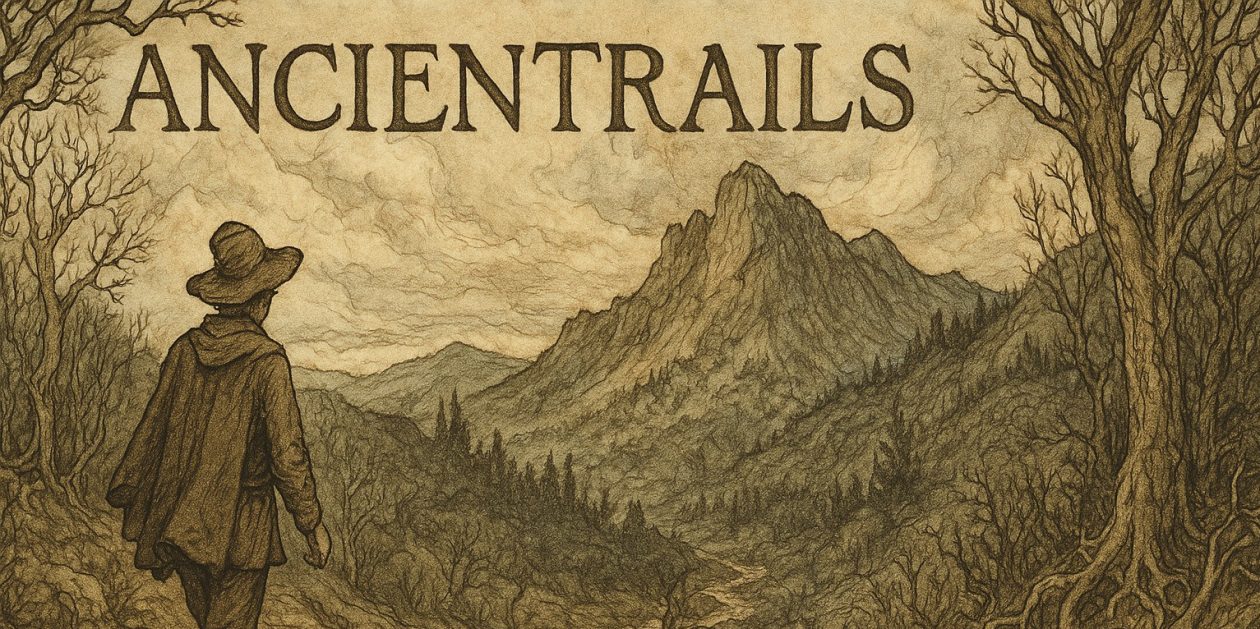Beltane Waning Flower Moon
The first hours of today I put together an ArtRemix public tour for this Friday. The learning curve is still steep, but I’m beginning to get a feel for contemporary art. The Until Now show has many fine pieces, but the ArtRemix showcases genuine leaders among contemporary artists: Kehinde Wiley, Yinka Shonibare, Sharon Core, Meyer Waisman, Ai Weiwei, Nam Paik to name a few. Getting my head and heart around this new work has been a lot of fun.
Kate and I had a business meeting, planning for her surgery and getting ready for her trip to San Francisco at the end of May.
After that I had a nap, then drove into the MIA for a lecture by Siah Armajani. He’s a local artist, having lived here since the early 1960’s, but his reputation is global. A former philosophy student and teacher as a well an artist and architect, he spoke today of his journey as an artist: “From 1968 to 2000 my art was functional, available, public and open…It is best typified by the Whitney Bridge for the Walker Art Institute. After 2000 my art became forward, closed, non-available and personal.” Why? He said that in the early years he tried to hid his emotions, feelings, his angst and political opinions. He wanted to be anonymous. After 2000 he wanted to show his feelings, his emotion, his political positions and his angst. The work best typifying that stage of his work, in his opinion, is his piece in the Until Now show. It is an homage to Giacometti and Theodore Adorno. This is the last of this work, rooms, and he will begin soon to work on his next project, tombs. (this work is similar in conception to his work in the Until Now show.)
He’s funny, brilliant, creative and a bit sad. He wore a tweed jacket over a plain black shirt, black slacks. I happened to park behind him and saw him get out of his black Audi sedan. There’s more to say about him, but I’ll reserve that for later.
The gallery in which his installation sits has two other very powerful pieces. One a video installation of women walking through a wall of water and the other a sort of reliquary to a living Indian poet, Gieve Patel. Here’s the first line of a few printed out in this work: We shall not find a tragic end beyond the mountains where the ancient gods are buried. I believe that, too.
